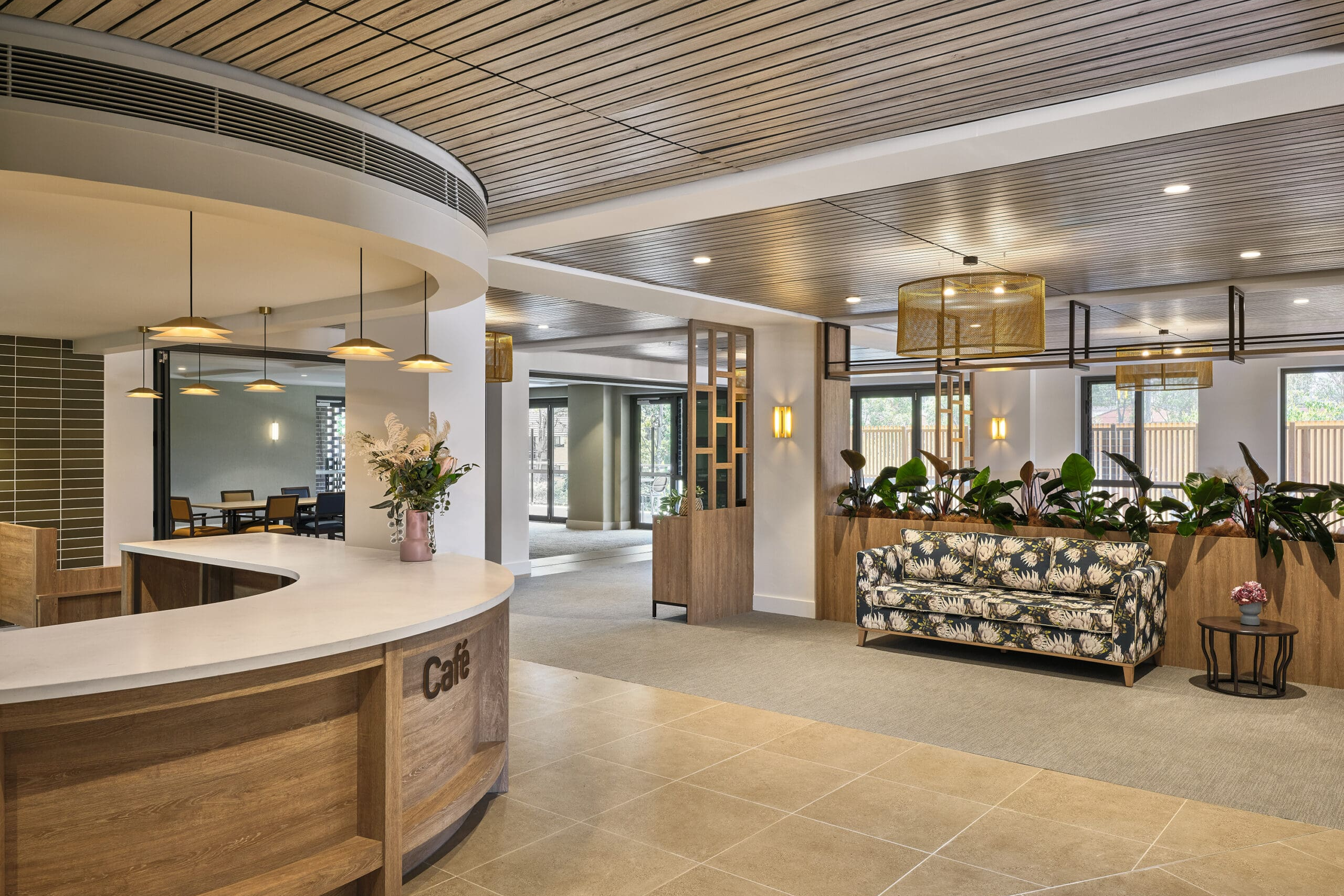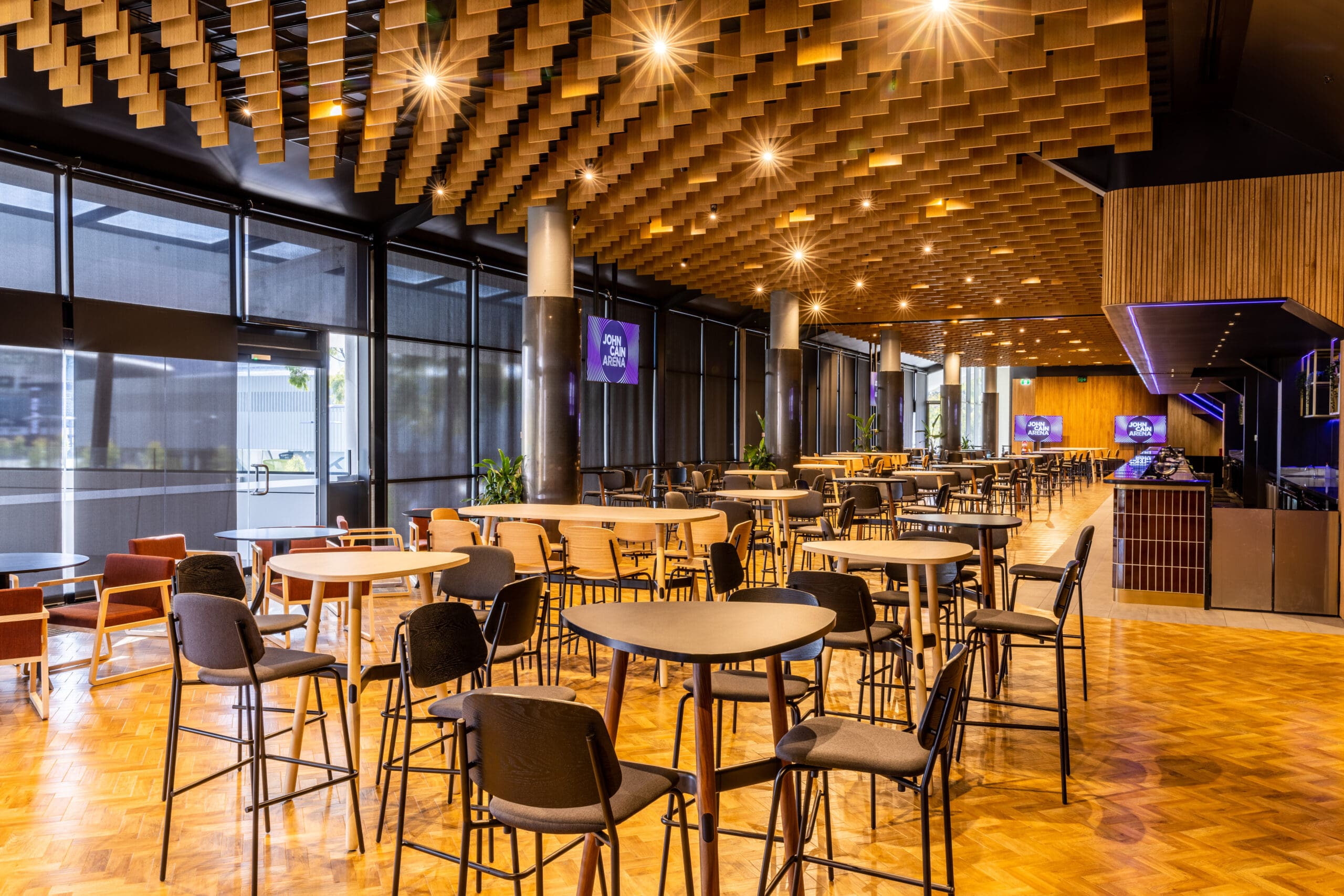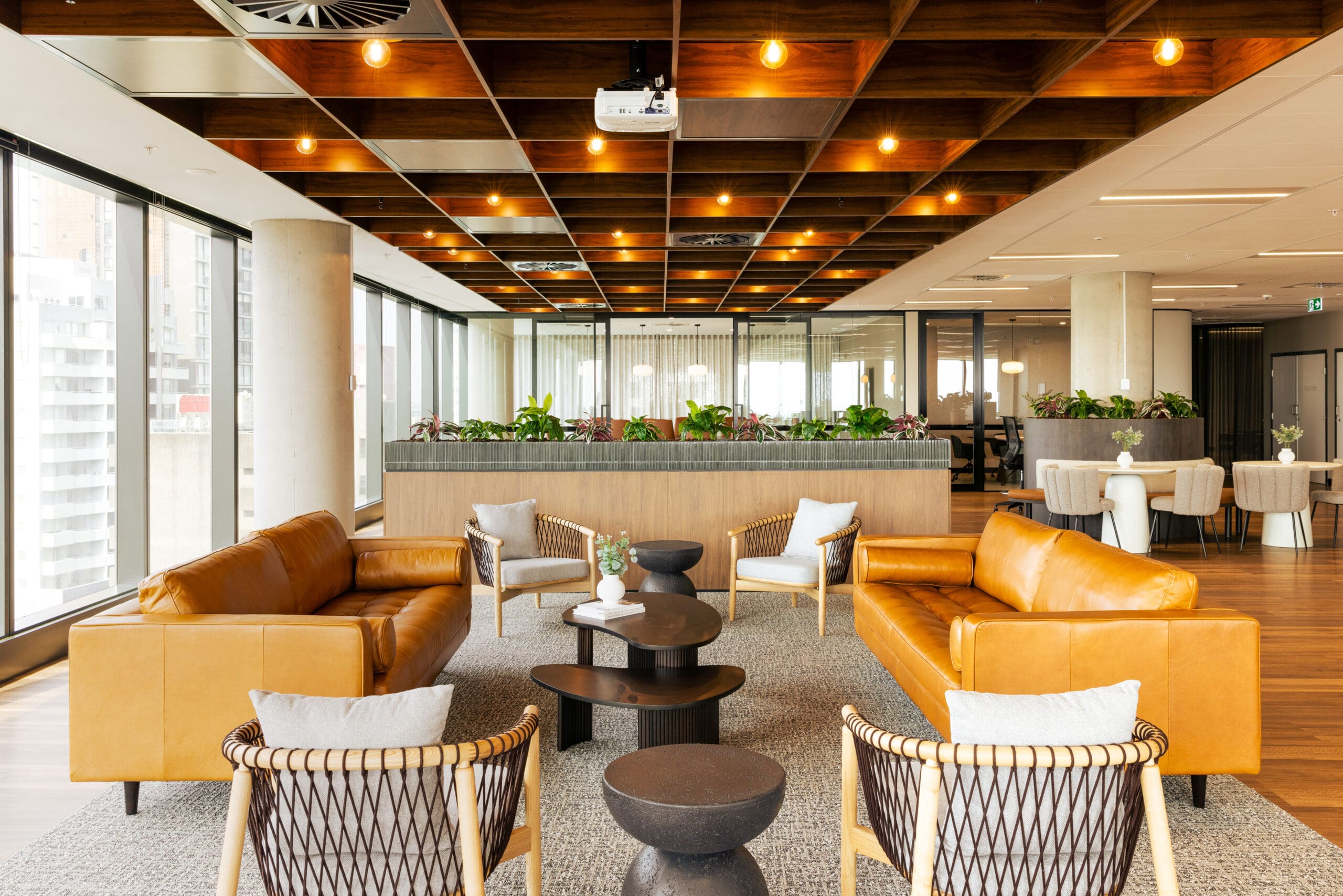Biophilic design is an approach to design that incorporates natural elements and materials into built environments to enhance human well-being and productivity. When it comes to workspace design, incorporating biophilic elements can have a positive impact on employee health, happiness, and productivity.
Here are some ways to apply biophilic design to workspace design:
1. Integrate natural materials
Integrating natural materials such as stone, wood, and water features into a workspace is an effective way to bring the outside in. It is important also to bear in mind when using natural materials, to use sustainably sourced materials to reduce environmental impact and maximise Green Star performance.
Timber finishes are perhaps the most used natural finishes in interior spaces, and as the experts in timber and timber-look finishes, SUPAWOOD can help you bring warmth and comfort, suited to any budget, fire regulation or sustainability requirement.
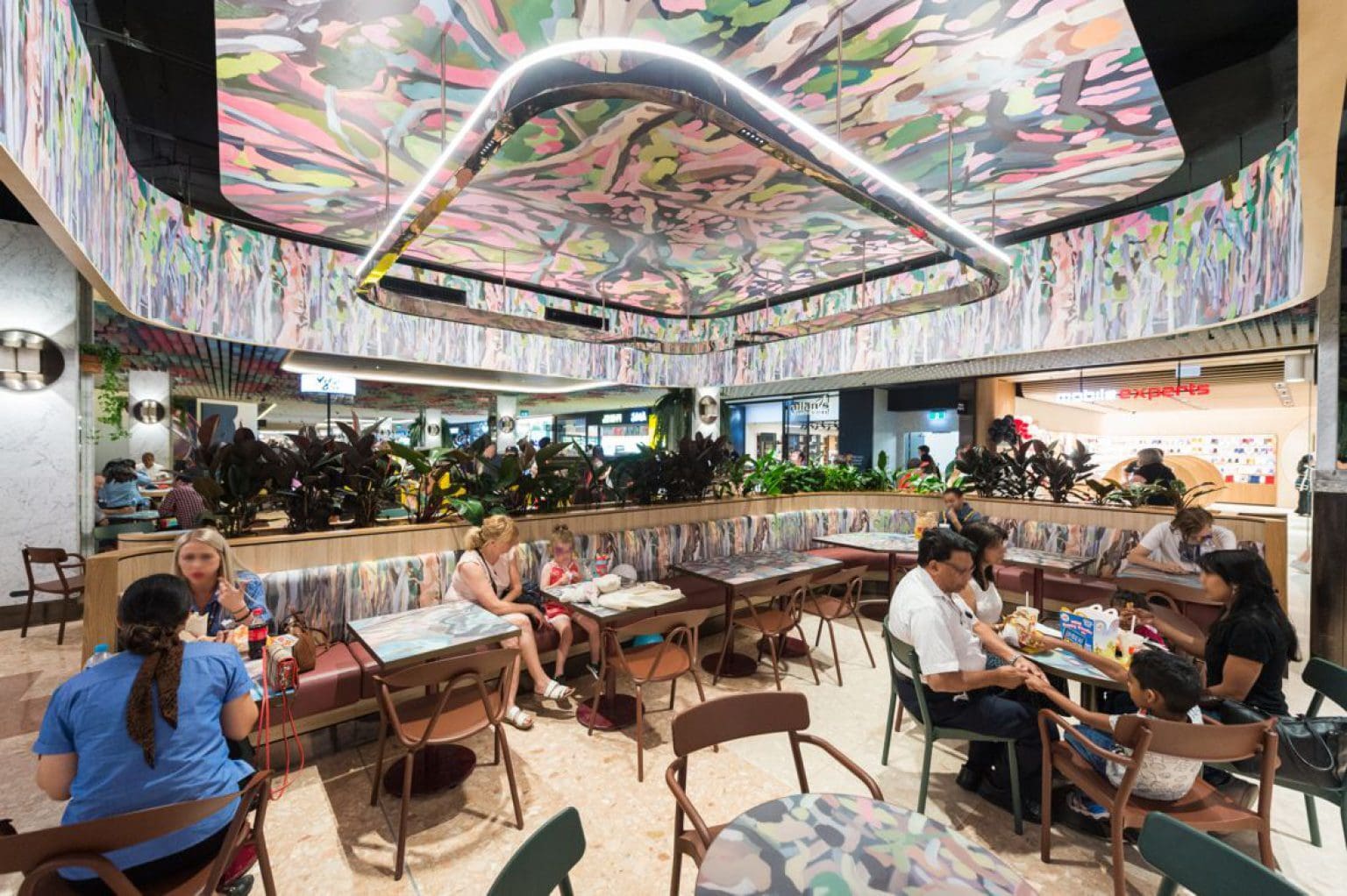
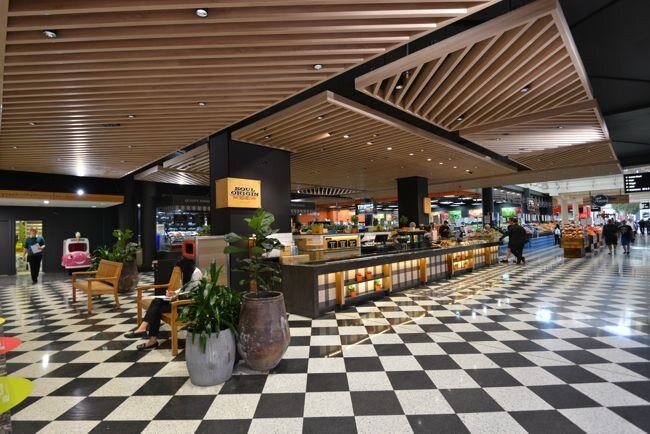
2. Bring in natural light
Natural light is one of the most effective ways to increase mood and productivity in a workspace. Ensure your workspace has ample windows and consider adding skylights or light tubes. If you are designing and planning a building from scratch, utilise the northern aspect by incorporating more windows and collaborative work areas on this side of the building.
3. Add plants
Incorporating plants into a workspace can reduce stress, increase creativity and improve air quality. When choosing plants for an interior space, consider choosing low maintenance plants and ensure the plants are selected not only for their aesthetic, but for the amount of sun, care and upkeep they are likely to receive.
4. Biomimicry
Adopt the principles of biomimicry. Biomimicry describes the emulation of elements of nature with other – often man-made – materials. This is used to create the same natural experience and effect, suited to the requirements of the space. For example, this dynamic leaf feature, supplied for the Taronga Zoo Wildlife Retreat feature ceiling, emanates the appearance of leaves and timber, however it has been made with a zero VOC ‘timber-look’ laminate, on fire retardant MDF substrate. This means that whilst it still has the unique biophilic look, it is in keeping with the sustainability and fire requirements of the project.
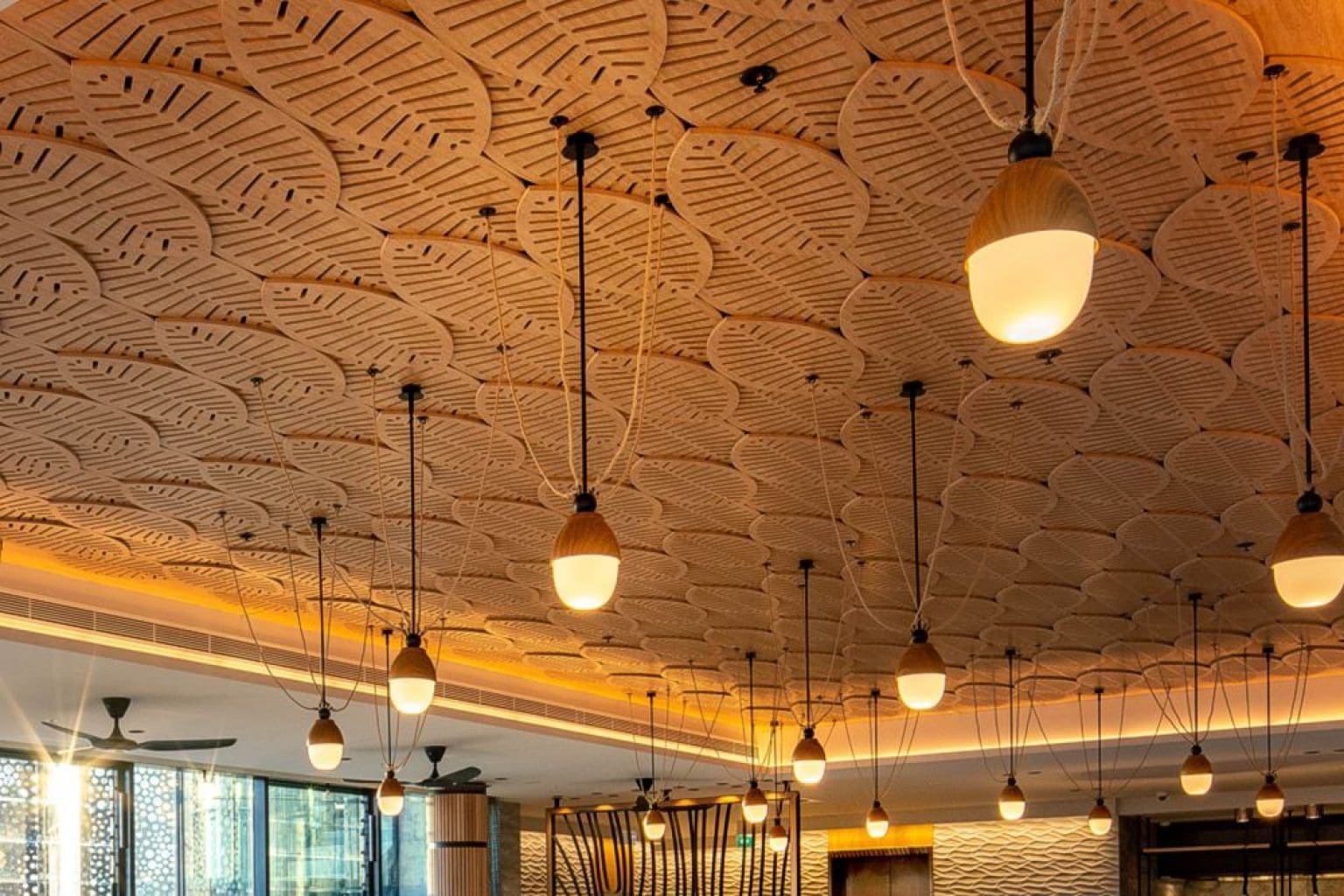
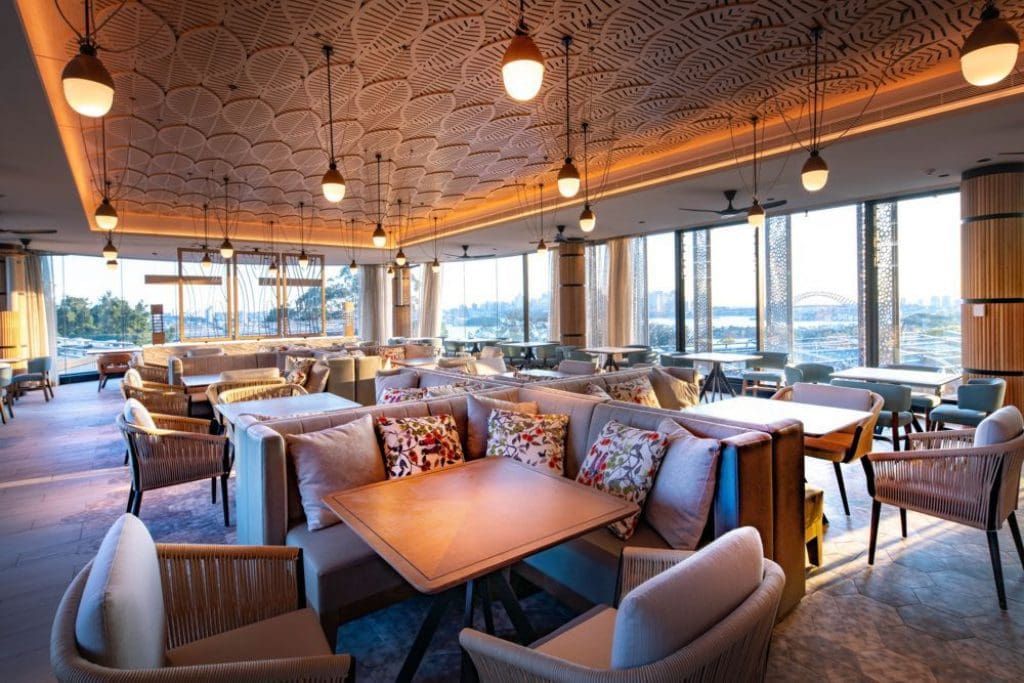
5. Use natural colours
Using colours that are typically found in nature, such as blues, greens and browns can be another subtle way to make your workspace design more biophilic. These colours, even if it be subconsciously, have a calming effect and reduce stress, ultimately leading to better performance in our workplaces.
6. Create biophilic focal point
To make a statement with your biophilic design, and set you apart from the pack, consider creating a biophilic focal point, such as a living plant wall, or an active interior water feature. This can serve as a visual anchor that again, can subconsciously connect the building’s inhabitants with nature, creating a calming atmosphere. Again, a focal point doesn’t have to be only created with real natural materials, but the same effect can be emulated with other materials.
This tree was created to stand as a focal point to an educational space, made from sustainable and fire group rated natural timber-look materials.
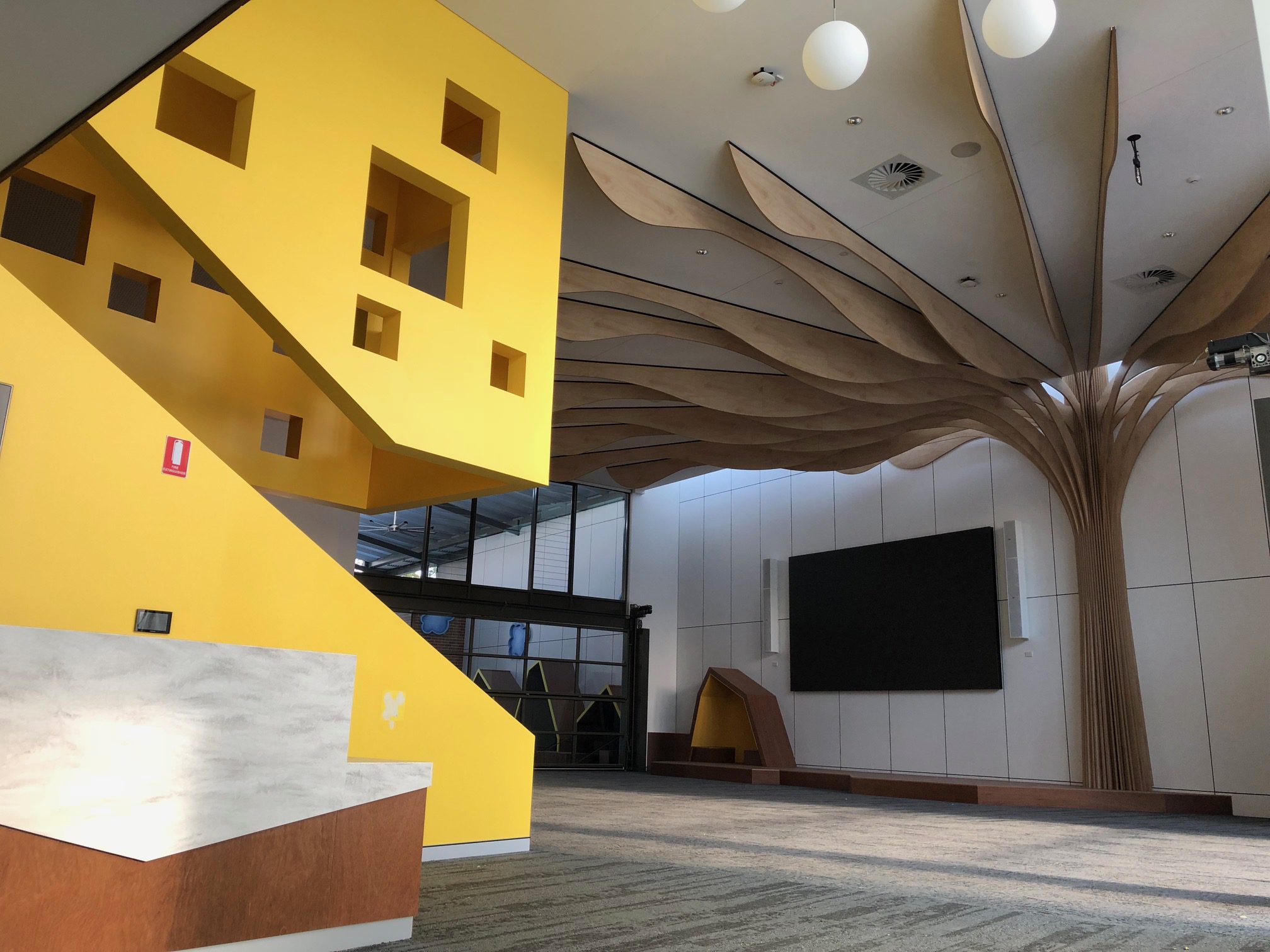
Overall, incorporating biophilic design principles into workspace design can create a more comfortable, calming and productive environment for employees that is conducive to creative and collaborative work. And, its not an uncommon as you may think. Look around you, observe the interior spaces that make you feel most calm. Perhaps these areas are filled with natural biophilic finishes that you had not noticed in the past.
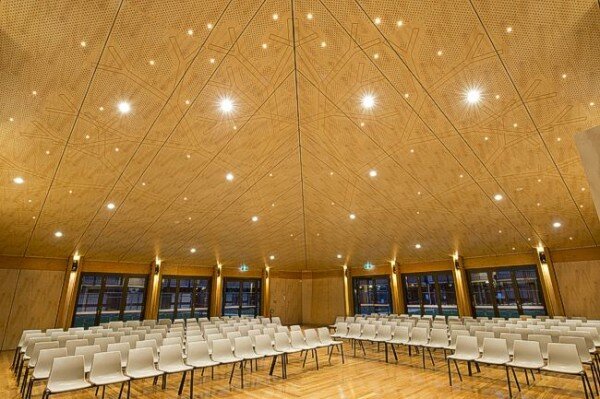
Disclaimer: All the information on this website - www.supawood.com.au - is published in good faith and for general information purpose only. Supawood does not make any warranties about the completeness, reliability, and accuracy of this information. Any action you take upon the information you find on this website (Supawood), is strictly at your own risk. Supawood will not be liable for any losses and/or damages in connection with the use of our website.
From our website, you can visit other websites by following hyperlinks to such external sites. While we strive to provide only quality links to useful and ethical websites, we have no control over the content and nature of these sites. These links to other websites do not imply a recommendation for all the content found on these sites. Site owners and content may change without notice and may occur before we have the opportunity to remove a link that may have failed.
Consent: By using our website, you hereby consent to our disclaimer and agree to its terms.

